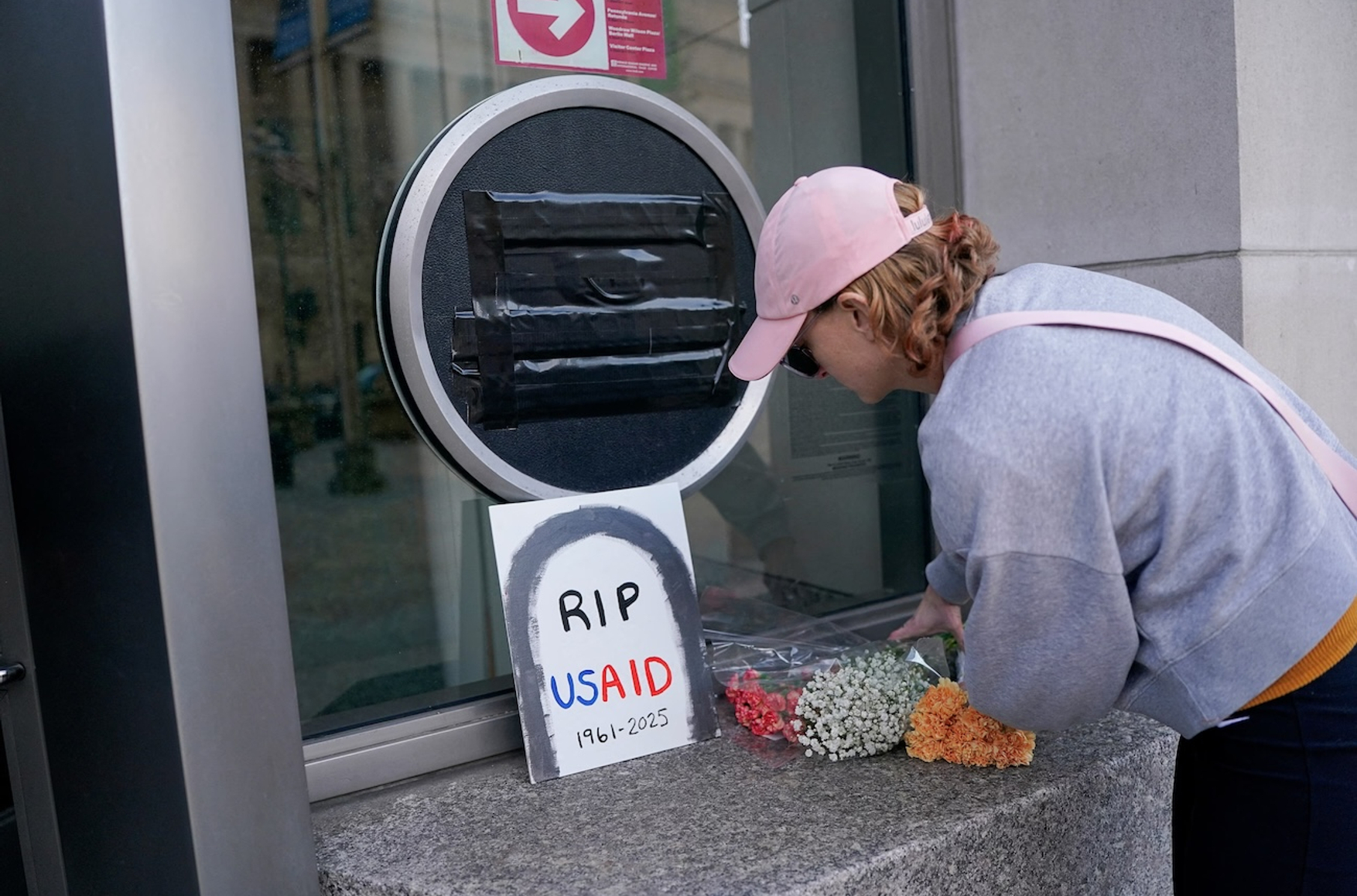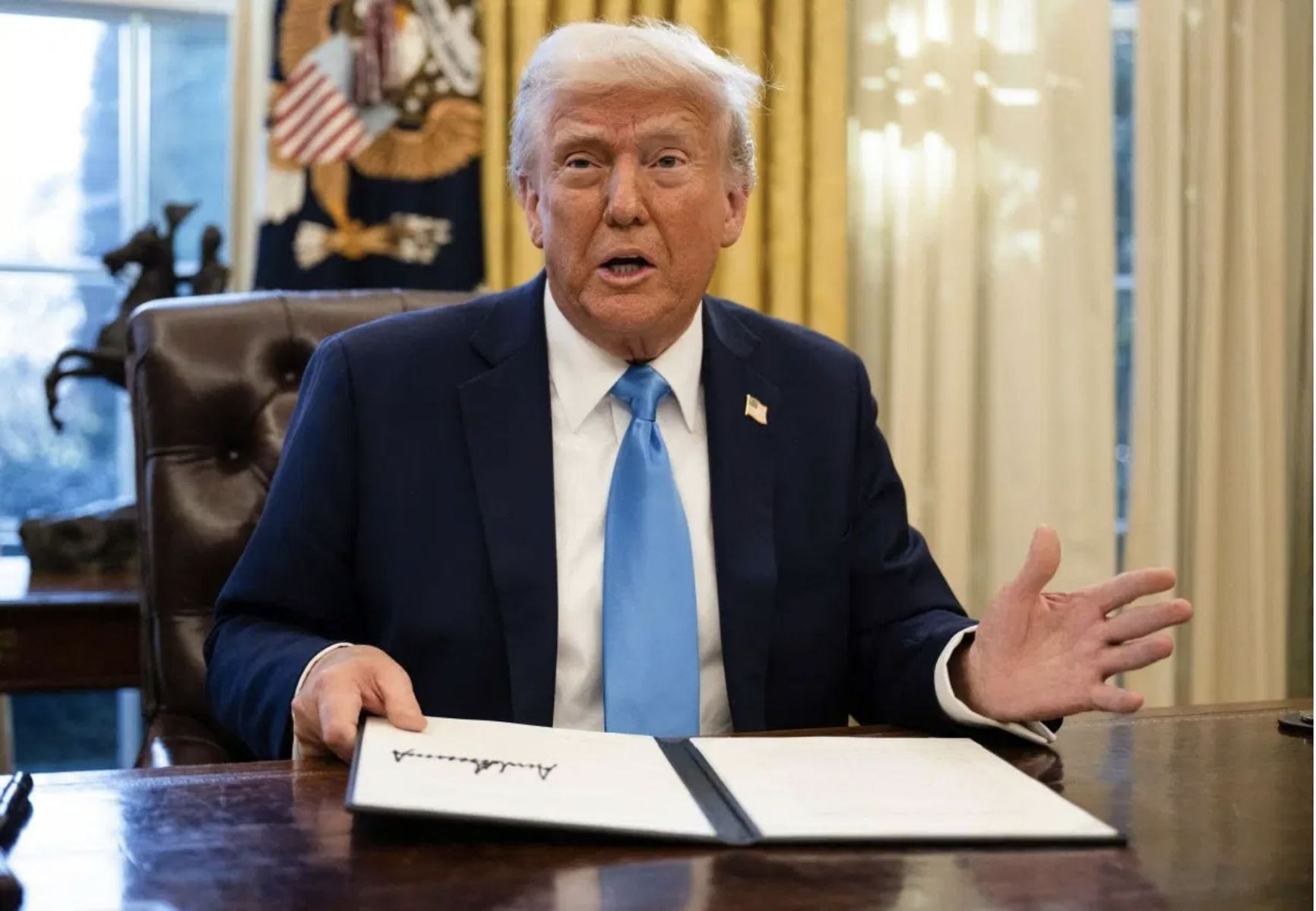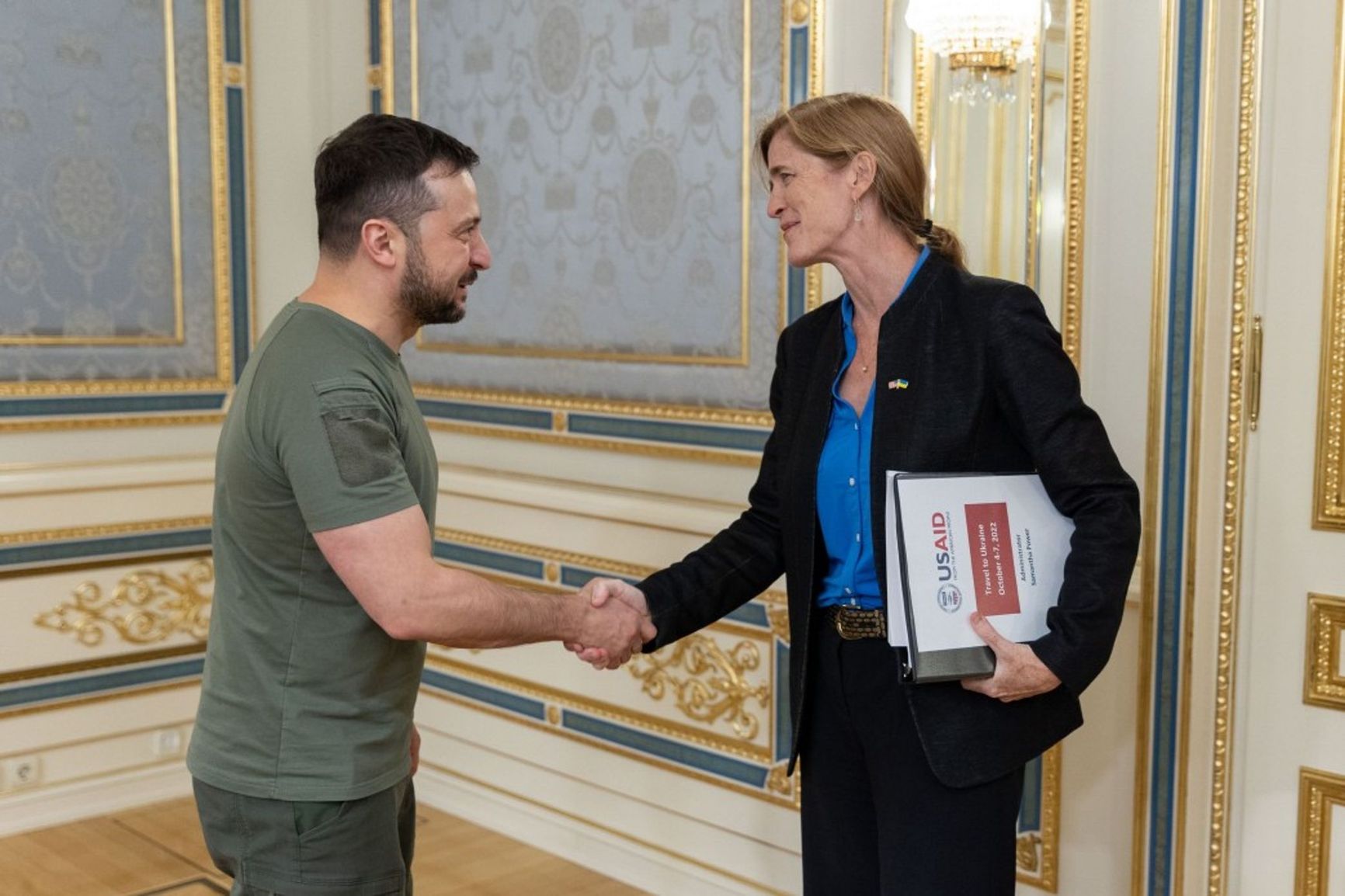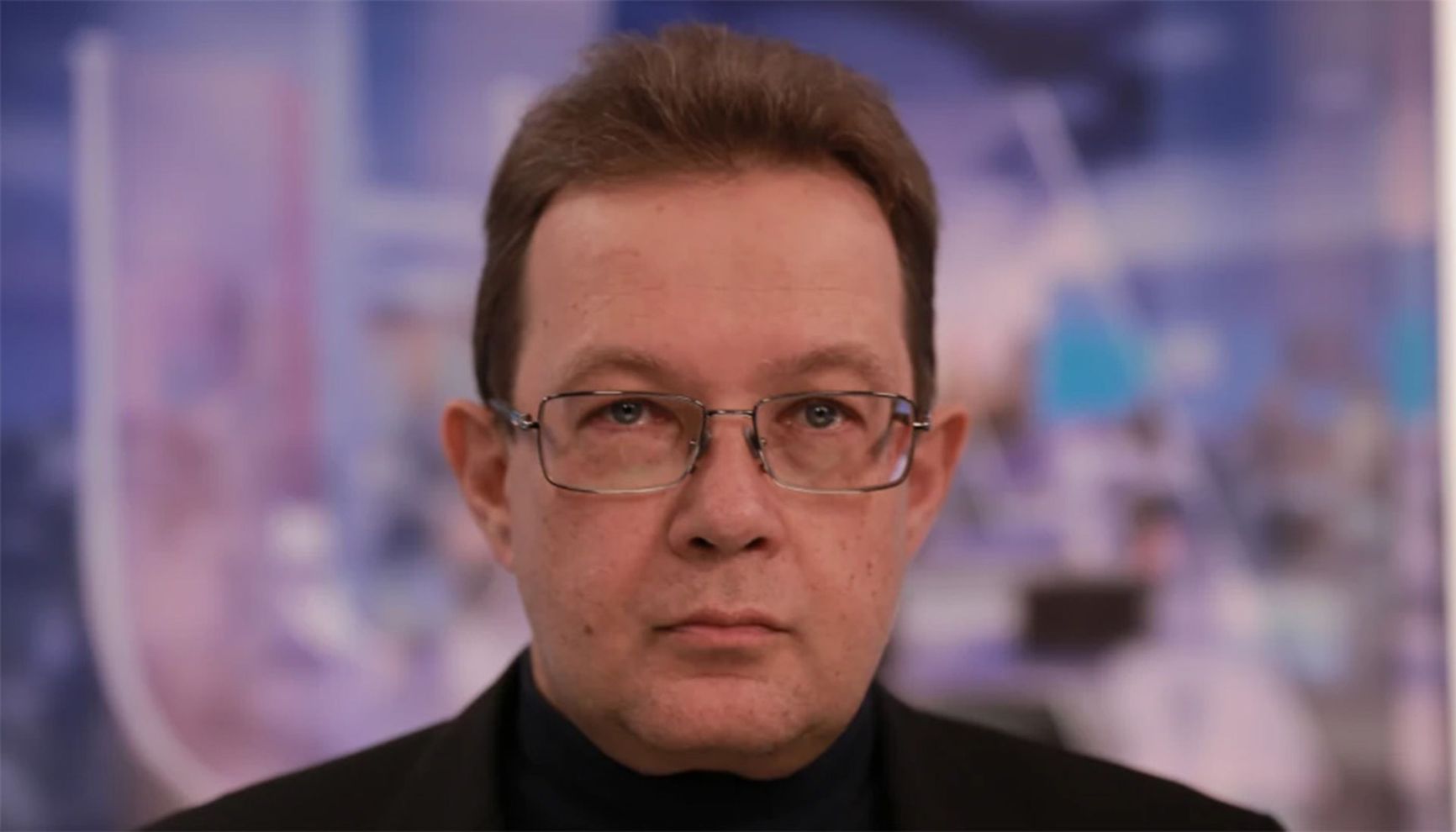

A Washington, DC court has ordered the Trump administration to resume the distribution of foreign aid, overturning an executive order that had frozen such programs for 90 days. The freeze affected non-military aid to Ukraine, which amounted to about $6 billion annually. These funds supported not only humanitarian projects but also energy initiatives, government reforms, and the struggling wartime economy as a whole. Numerous projects are now at risk, from HIV prevention and veteran rehabilitation to emergency assistance for those in front-line areas. Reforms across various sectors will also suffer. At the same time, quickly replacing American funds with Ukrainian or European money is not feasible.
Content
Who will be affected
The irreplaceable U.S.
Blow to reforms
Who will be affected
On his first day in office, President Donald Trump signed an order freezing all programs of the U.S. Agency for International Development (USAID) for 90 days. USAID oversees foreign financial aid, and during this period, the president’s trusted officials were tasked with determining whether these expenditures align with his political goals.
In compliance with the order, the State Department issued a press release stating that the U.S. would no longer “blindly hand out money.” Grants and loans to organizations worldwide were put at risk, including funding for humanitarian and infrastructure projects in Ukraine. By January 26, the USAID office in Kyiv had received instructions to suspend all spending. While the decision does not directly affect military aid, it does impact numerous other initiatives critical to Ukraine’s war effort.
All current USAID programs are divided into 5 key areas:
- Democracy, human rights and governance;
- Economic development;
- Critical infrastructure;
- Healthcare;
- Transition and humanitarian assistance.

Trump signed an executive order freezing all U.S. Agency for International Development programs for 90 days during his first hours as U.S. President
A significant portion of Ukraine’s non-military aid came through USAID, which ran nearly 40 programs in the country. In 2024, Kyiv received $6 billion under these initiatives. This included nearly $4 billion in non-repayable grants for the state budget, $1 billion for economic development programs, $580 million for humanitarian aid, and $340 million for democracy promotion and human rights protection initiatives. The exact amount planned for Ukraine in 2025 was not known, but it was expected to remain at around $6 billion, as USAID funding tends to remain stable from year to year.
A partial list of what Ukraine has purchased with USAID grants or received directly includes equipment in the agricultural, transportation, and construction sectors, along with ambulances, medical supplies, and generators. The agency also supported programs to improve access to medicines and vaccines, combat tuberculosis and HIV, and promote rehabilitation and inclusivity.
All current USAID programs are divided into 5 key areas:
- Democracy, human rights and governance;
- Economic development;
- Critical infrastructure;
- Healthcare;
- Transition and humanitarian assistance.

Equipment transferred to Ukrainian firefighters through USAID
The head of Ukraine’s Agency for Restoration and Infrastructure Development, Serhiy Sukhomlyn, reported that modernization work on nine border checkpoints had already stopped. “Even the materials already prepared are not being transferred to the Agency for Restoration,” Sukhomlyn explained. “To be frank, we are not waiting for funding to resume — we have no confidence that it will.”
Commissions responsible for selecting judges in Ukraine have also temporarily suspended operations. “As far as I know, contracts have been terminated, and now we have to piece everything back together,” said Olha Stefanishyna, Ukraine’s Minister of Justice and Deputy Prime Minister for European and Euro-Atlantic Integration.
Funding has also been cut off for Chemonics International, the largest USAID grant recipient. In Ukraine, the company was involved in supporting the agricultural sector, legal system, and education sphere.
The U.S. President’s Emergency Plan for AIDS Relief (PEPFAR), which provides global funding for HIV treatment, prevention, and research, is also under threat. “Halting these payments in Ukraine could cost lives,” wrote Ksenia Kvitka of Human Rights Watch.
All current USAID programs are divided into 5 key areas:
- Democracy, human rights and governance;
- Economic development;
- Critical infrastructure;
- Healthcare;
- Transition and humanitarian assistance.
The U.S. President’s Emergency Plan for AIDS Relief (PEPFAR), which provides global funding for HIV treatment, prevention, and research, is also under threat
One of the recipients of USAID funding was the state-run mental health support program Ti Yak?, launched at the initiative of Ukrainian first lady Olena Zelenska, and the Rehab4U project, which provides rehabilitation for military personnel in 15 regions of Ukraine, is also at risk. The public organization Veteran Hub, which provides psychological support to Ukrainian servicemen returning from the front, was forced to suspend its hotline. In the four days following the funding freeze, 240 calls and online requests went unanswered, the initiative reported. The organization also had to shut down its Vinnytsia branch. However, with donations from Ukrainian businesses, public organizations, and the Vinnytsia city administration, Veteran Hub managed to resume hotline operations and reopen the Vinnytsia office for three months.
Another psychological support organization, Vilnyi Vybir, is searching for ways to continue its work. “Can you imagine telling clients, ‘Sorry, you have severe depressive disorder, but we can’t help you?’ That’s not possible,” the group’s co-founder Tatyana Rudenko said.
Some media and cultural projects in Ukraine, for which USAID grants formed a key part of the budget, have also announced temporary funding suspensions.
The total financial losses could exceed $6 billion, as USAID funds also reached Ukraine via other countries. The Norwegian Refugee Council, which received around one-fifth of its total budget from the U.S, has already announced that it must halt assistance to hundreds of thousands of people, including Ukrainians. “In our 79-year history, we have never experienced such an abrupt funding cut from any donor country or intergovernmental organization,” the council stated.
In Ukraine, the council was forced to suspend the distribution of emergency aid for 57,000 people in frontline settlements. “This is happening in the middle of winter, when people cannot heat their homes or access essential goods such as food without assistance,” the organization emphasized.
Even the investigation of Russian war crimes will be hindered without U.S. support. According to Reuters, six programs under the Prosecutor General’s Office of Ukraine, which were set to receive $89 million, are now at risk. Of this amount, $47 million was specifically allocated for initiatives to hold war criminals to account. Funding for at least five of the six programs has already been frozen. Two projects were financed by USAID, three by the U.S. Bureau of International Narcotics and Law Enforcement Affairs, and one directly by the U.S. State Department.
The irreplaceable U.S.
“We aren’t going to complain that some programs have been frozen, because the most important thing for us is the military aid, and that has been preserved, for which I’m grateful,” Volodymyr Zelensky said in an interview with The Guardian published on Feb. 11. If the American side has the possibility and desire to continue its humanitarian mission, we are fully for it, and if it doesn’t, then we will find our own way out of this situation.”
All current USAID programs are divided into 5 key areas:
- Democracy, human rights and governance;
- Economic development;
- Critical infrastructure;
- Healthcare;
- Transition and humanitarian assistance.

Volodymyr Zelensky's meeting with Biden-era USAID Administrator Samantha Power in Kyiv, 2022
Zelensky has instructed his government to come up with a list of priority programs. “Some of this funding we can cover from the state budget, and some we will discuss with the Europeans and Americans,” the Ukrainian president explained.
Ukraine’s partners in the European Union and NATO do not currently see the USAID funding freeze as a major issue, according to Deputy Prime Minister Olha Stefanishyna. “There is no panic or particular alarm — there is an understanding that Ukraine has financial stability secured for 2025. NATO is taking over the coordination of military aid, so we will not face major disruptions in that area. There is a sense that 2025 will be decisive, and accordingly, the EU is prepared to make maximum efforts to ensure it is a successful year for Ukraine.”
All current USAID programs are divided into 5 key areas:
- Democracy, human rights and governance;
- Economic development;
- Critical infrastructure;
- Healthcare;
- Transition and humanitarian assistance.
Ukraine’s partners in the European Union and NATO do not currently see the USAID funding freeze as a major issue
The volume of U.S. military aid to Ukraine far exceeds the dollar value of assistance provided by USAID. Over the three years of full-scale war, the United States has allocated $69.2 billion to Kyiv for military purposes, according to State Department data from January 2025. Including financial and humanitarian aid, the total U.S. assistance has reached $175 billion.
The European Union has provided Ukraine with €130 billion in support over the same period. According to Ukraine’s Ministry of Finance, the EU has become the largest donor of direct budgetary aid: in 2024, European funds accounted for 40% of all external inflows, or €16.1 billion. Since February 2022, a total of €45 billion has been transferred to Ukraine’s budget. However, U.S. assistance is more favorable for Kyiv, as it comes in the form of non-repayable grants, whereas EU support consists of loans — albeit on terms highly favorable to Kyiv.
Trump is not targeting military aid to Ukraine, though he has suggested he would like the U.S. to receive something in return — such as access to Ukraine’s rare earth metals.
The EU has its own humanitarian programs, including the Ukraine Assistance Fund, which is set to disburse €50 billion from 2024 to 2027, of which nearly €8 billion has already been paid out. Formally, these funds are provided as a loan, but the repayment is expected to come from revenues generated by frozen Russian assets. While EU funding appears to be a reliable lifeline for Kyiv amid the unpredictability of Trump’s return to the White House, aid from Europe has also become a point of political leverage — Slovak Prime Minister Robert Fico has threatened to block all EU aid to Ukraine unless Zelensky restores the transit of Russian gas through Ukrainian territory.
Blow to reforms
Without USAID funding, Ukraine will have fewer resources for reforms, energy restoration, bomb shelter upgrades, and programs for veterans and people with disabilities.
“The consequences of these issues will be felt by the majority of Ukrainian citizens,” says Ivan Prymachenko, co-founder of the educational platform Prometheus. In his view, the primary beneficiaries of the agency’s assistance were not NGOs or local businesses, but Ukrainian citizens themselves and the state as a whole.
All current USAID programs are divided into 5 key areas:
- Democracy, human rights and governance;
- Economic development;
- Critical infrastructure;
- Healthcare;
- Transition and humanitarian assistance.
“The consequences of these issues will be felt by the majority of Ukrainian citizens”
Many local experts in Ukraine view the situation with USAID as a test of whether projects can operate under alternative financial models. The most optimistic among these figures consider it “not just a challenge, but also an opportunity for change.” They believe that the 90-day suspension will not lead to a disaster and expect funding to eventually return to previous levels.
“When we talk about $6 billion, $4 billion of that is macroeconomic financing,” Oleg Pendzin, executive director of the Ukrainian Economic Discussion Club, told The Insider. “So, the direct U.S. grant programs account for only $2 billion. This is certainly a significant amount, and it is definitely something to be concerned about. No reform in Ukraine is funded with Ukrainian money. They are all financed through grants. If you take away grant funding, you halt reforms. However, I believe that after a thorough analysis of these programs, anything related to U.S. national interests will continue to receive funding. It just won’t be channeled through USAID, but through the State Department instead.”
All current USAID programs are divided into 5 key areas:
- Democracy, human rights and governance;
- Economic development;
- Critical infrastructure;
- Healthcare;
- Transition and humanitarian assistance.

Executive Director of the Ukrainian Economic Discussion Club Oleg Pendzin
The funding freeze has also intensified pressure on Ukraine ahead of the potential negotiations currently being planned by Trump and his team. According to a survey by the Kyiv International Institute of Sociology, most Ukrainians (69%) believe that the suspension of USAID funding will have negative consequences for the country.
All current USAID programs are divided into 5 key areas:
- Democracy, human rights and governance;
- Economic development;
- Critical infrastructure;
- Healthcare;
- Transition and humanitarian assistance.